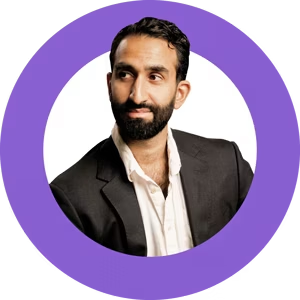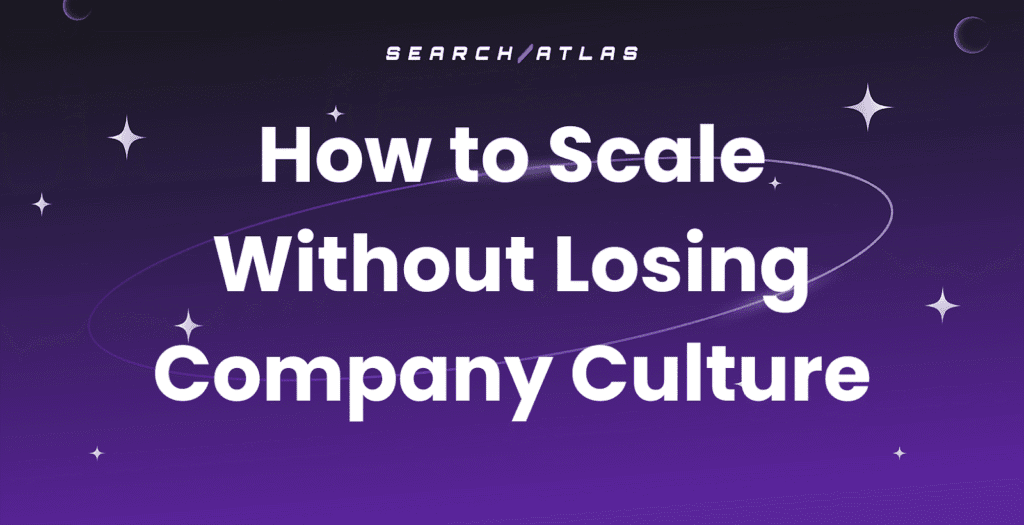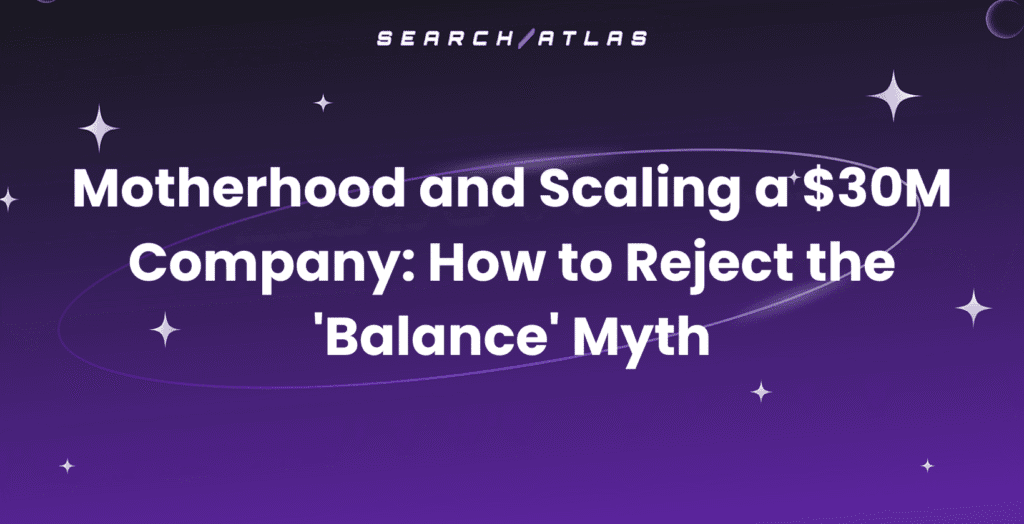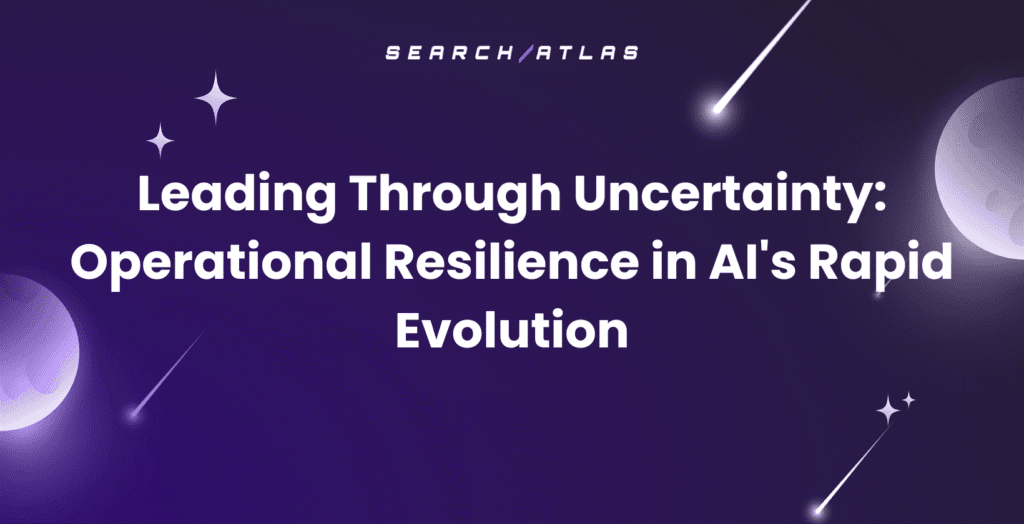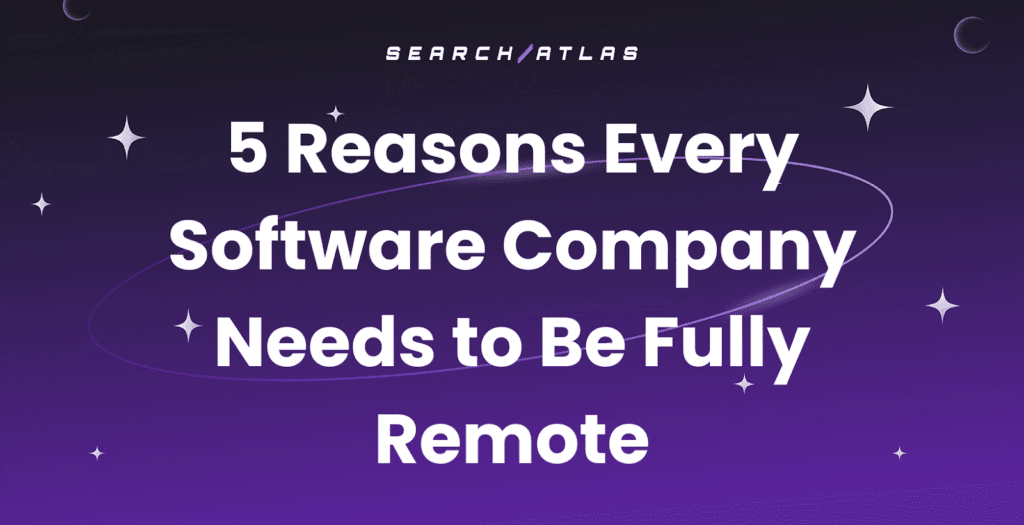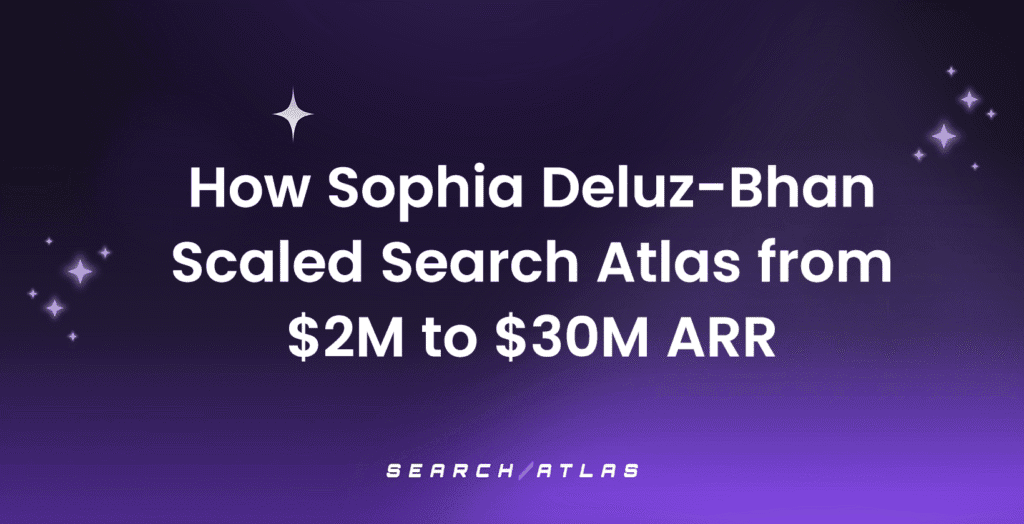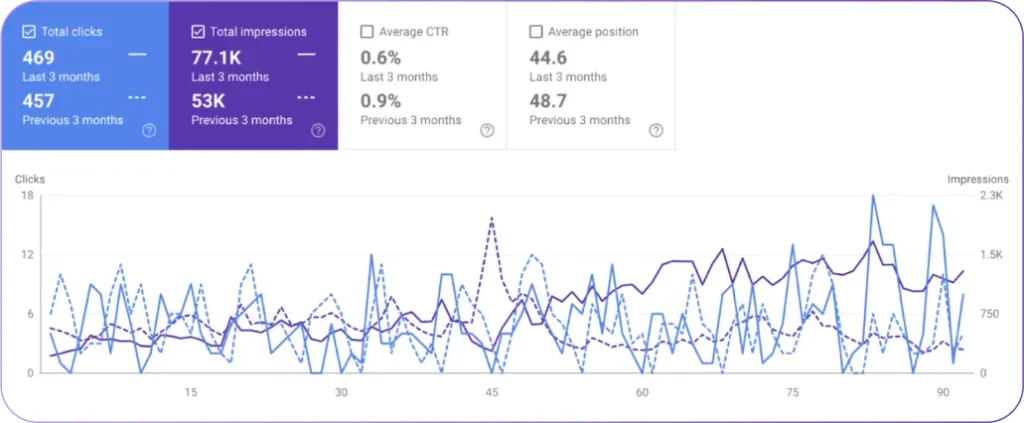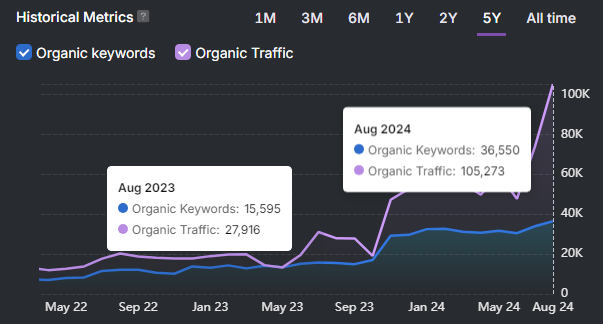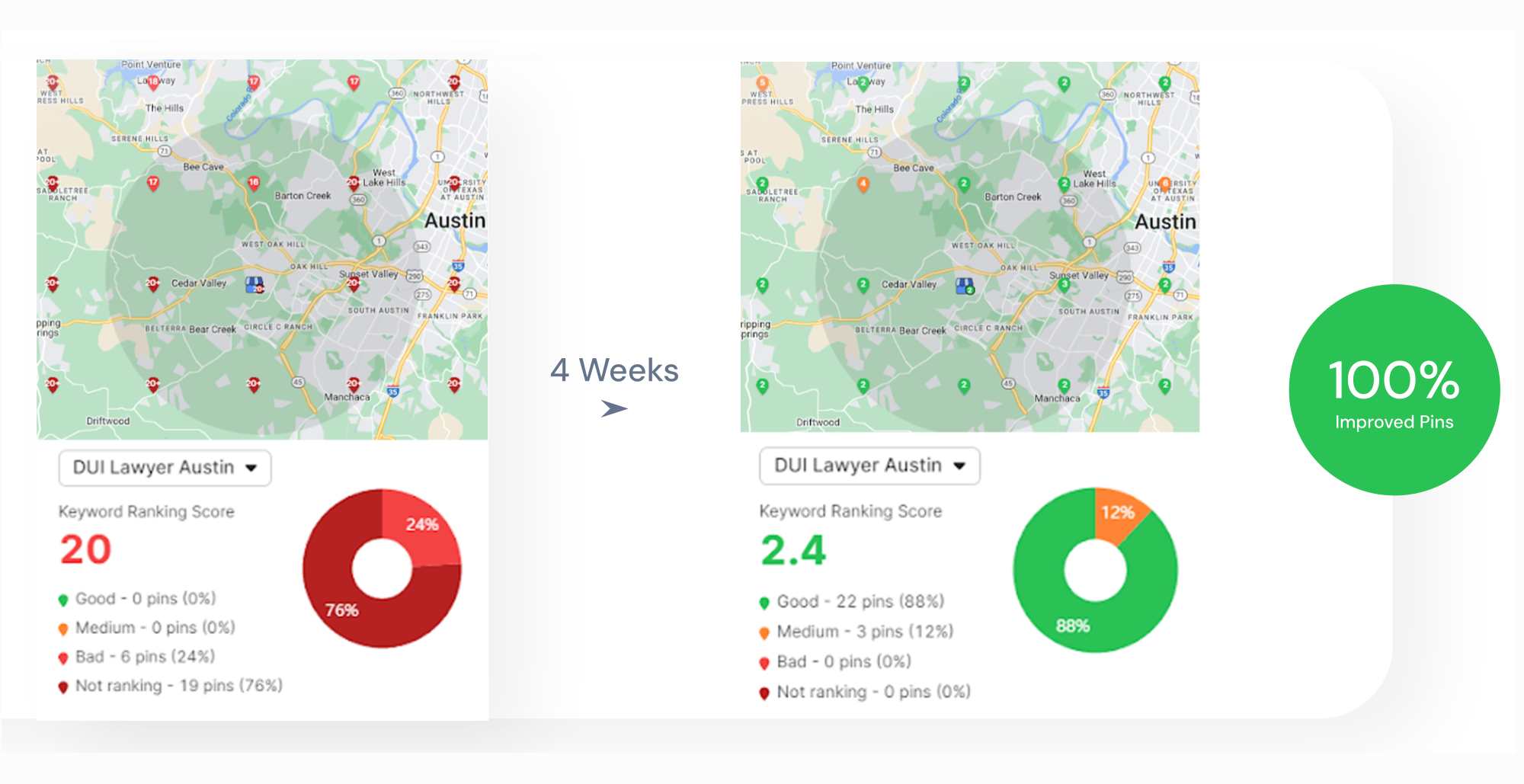The agency model is facing a historic stress test in 2025. AI is shaking the foundation of service delivery, client expectations, and profitability.
In this podcast episode, Manick and Nehal (AdPros) unpack what it really takes to not just survive but thrive as an agency today. Manick and Nehal share first-hand experience for tearing down and rebuilding operations, integrating AI across every workflow, and challenging outdated assumptions about value.
Their conclusion is clear: agencies that embrace radical change and focus on measurable outcomes for clients will outlast the hype. Commodity services and slow operators face extinction. Both agree – adapt fast or get left behind.
Key Podcast Topics & Segments
00:00 – Introduction & Nehal’s background with Ad Pros
02:00 – Rebuilding an agency with an AI-first mindset
05:00 – AI-powered creatives & UGC case studies
08:40 – Creative breakthroughs vs. ad fatigue
12:00 – Brand trust, authenticity, and AI ads
13:30 – Information journeys in ads and search
15:20 – Fugazi AI and case studies as the real proof
18:00 – Wrong customers, discount codes, and LTV traps
22:00 – Profit vs. growth in ad spend strategy
23:30 – Meta, YouTube, native ads, and the future of demand creation
26:40 – Attribution battles: first click vs. last click
28:40 – Shelf life of creatives & breakthrough metrics
32:00 – Why automation in ads won’t fully replace strategy
35:00 – Meta’s Andromeda & AI hype cycles
38:00 – Market shakeups, SEO “death” cycles, and resilience
40:30 – Case studies as the currency for agencies & SaaS
46:00 – High-ticket clients, growth culture, and irrational founders
51:00 – Search is changing: LLMs, Bing, and AI Overviews
56:00 – Injecting consensus into LLMs with SEO strategies
01:01:30 – Ads inside ChatGPT? What monetization might look like
01:04:00 – Why Nehal chose ads over content & the game of control
01:08:00 – Rising CPMs, ad auction games, and Google’s “finger on the scale”
01:11:00 – Dark side experiments, affiliates, and risk tolerance
01:12:30 – The future of the agency model in the AI era
01:17:30 – Agencies panicking over AI vs. outcome-driven value
01:19:00 – The 5-Day Rank Challenge & helping agencies crack SEO
01:20:30 – Building longevity: aligning with client fears and vision
01:25:20 – Closing thoughts & invitation for a deeper dive
Rebuilding Agencies for the AI Era
Manick and Nehal open with a candid look at the pressure agencies face as AI redefines the industry.
Manick opens by naming the core threat: incrementalism. Too many agencies are layering AI tools on top of old processes without changing the core of their business. In his view, the agencies that survive will be those that re-engineer every workflow with outcomes and operational efficiency at the center.
Nehal shares his own playbook for AdPros. Rather than wait for market pressure, he decided to “destroy and rebuild” the agency, operationally and culturally. This wasn’t a panic move. It was a deliberate decision to leap ahead of inevitable industry changes. He describes the process: deep AI integration across creative, operations, media buying, and even project management. Importantly, he highlights that his team welcomed change, seeing it as a new opportunity, not a threat.
Key Takeaways:
- Incremental AI adoption leads to stagnation.
- A full operational reset unlocks new efficiencies and value.
- Change must be embraced at every level of the team.
Conclusion:
Agencies can’t rely on marginal improvements. To thrive, they must rebuild themselves for an AI-first, outcome-driven world.
AI-Powered Creative Revolution: From $20 to $5K Daily Spend
What Nehal discovered: Using AI UGC tools like ArcAds, AdPros created an AI creative ad that cost $20 to produce and now profitably spends $5,000 per day, which is a 25,000% return on creative investment.
The breakthrough came from rapid testing: instead of waiting weeks for UGC creators, they can test hundreds of variations with different AI avatars, accents, and backgrounds in hours.
The Breakthrough Metrics:
AdPros tracks three levels of creative success:
- Baseline: 25% of concepts should “win” (perform above average)
- Good: 5% should achieve “breakthrough” status (5% of total ad spend)
- Exceptional: 10% breakthrough rate (10% of total ad spend)
What Manick observed: The creative testing process has fundamentally changed, but volume without winners is meaningless. An AI creative is only valuable if it drives results and builds the brand, not just fills up dashboards. When AI content is sloppy or inauthentic, it kills trust faster than having no AI at all.
Key Takeaways:
- AI multiplies creative output, but success depends on rigorous filtering.
- One winning AI creative can generate massive ROI.
- Authenticity matters: obvious AI execution damages brand trust.
When Automation Optimizes for the Wrong Customers
What Nehal experienced: A pet food client saw Meta optimizing for older, lower-income customers despite a massive addressable market. The platform delivered low CPAs but attracted customers with poor lifetime value and low household income. Meta was optimizing for an event that looks good on paper, but in reality, they have low LTV and low profitability.
What Manick says: Manick warns that automation and AI can lead agencies to optimize for the wrong things, especially if the agency doesn’t set clear, business-aligned objectives. For example, automated ad systems can easily chase cheap conversions that look great on paper but attract low-value or churn-prone customers. Automation can’t replace the human judgment needed to define and measure the right metrics.
When platforms optimize for high ROAS, they show ads only to the warmest audiences (people who would have bought anyway), creating the illusion of growth while actually shrinking the business.
The $60M Attribution Challenge: With clients running 8+ channels, Nehal discovered over-attribution in affiliate marketing was skewing their entire channel investment strategy, requiring advanced attribution platforms like NorthBeam to untangle the truth.
Key Takeaways:
- Automated systems need human direction to avoid optimizing for vanity metrics.
- Attribution complexity increases with channel diversity.
- Real value comes from high-LTV customers, not just low CPA.
Shelf Life and Breakthroughs: YouTube vs. Meta Ads
Nehal explained that YouTube ads can scale for years if they work, driving thousands in daily spend without constant refresh. In contrast, most Meta ad creatives burn out in a week, and 70–80% last less than 30 days.
To maintain results, his team tracks creative output, win rates, and breakthroughs, aiming for a 5–10% breakthrough rate from hundreds of ads each month. If top-performing ads are all older than 90 days, it signals a breakthrough problem.
Meta’s Andromeda, AI Hype, and Platform Realities
Nehal and Manick examine Meta’s Andromeda rollout and the broader wave of AI “supercomputing” announcements.
Nehal calls out: Despite investor buzz and big claims, little has changed for day-to-day advertisers. In practice, such updates often disrupt performance and complicate delivery.
Manick stresses: Only user feedback reveals the real impact of these updates. “You can pontificate about it, AI can hallucinate about it, or you can just ask your customers—they’ll tell you.”
AI Hype vs. Real Value, And the Power of the Case Study
What Manick says: Manick cuts through the AI hype. He explains that the real currency in the agency world isn’t new features, GPT wrappers, or “Fugazi AI” branding – it’s proof. “Case studies are the most valuable asset you can have.” He argues that showing recent, falsifiable results is the only way to win trust, especially as more agencies claim AI expertise without evidence.
What Nehal says: Nehal describes how AdPros now documents every breakthrough and operational win. He shares that as the agency matured, they no longer get asked for proof. Results speak for themselves. He also notes that agencies and SaaS platforms must work together to produce case studies that reflect the reality of client outcomes, not just theory.
Key Takeaways:
- The market is flooded with overpromises and hype around AI.
- Verified, recent case studies are the strongest sales asset.
- Agencies must make collecting and sharing results a core process.
Conclusion: Proof beats hype. The most successful agencies are obsessed with tracking results, building case studies, and making performance their calling card.
Navigating AI Overviews, Search Trends, and the Shift in Buyer Behavior
Manick and Nehal discuss the rapid evolution of search engines, driven by the rise of Bing, LLMs like ChatGPT and Gemini, and AI-generated overviews in search results. They explore how these changes affect organic traffic, e-commerce SEO, and the marketing funnel, and what it means for agencies and brands to remain visible and relevant.
Manick notes: AI overviews in search reduce the number of organic clicks, even for big publishers, but revenue per click has increased. “Way less clicks, but revenue is up higher than it was before the AI overviews.”
Nehal attributes this to visitors arriving more warmed-up, deeper in the funnel, and more likely to convert. He explains: “When I go to a website now, I’m way more warmed up. I’m deeper in the buyer journey.”
Manick agrees, noting that today’s buyer can make decisions in AI agents faster and with more confidence. He highlights that friction is removed as AI agents do more of the research.
Nehal observes: “The process for discovery is changing. Platforms like Instagram are even replacing Google for some users.”
Consensus in LLMs and Brand Visibility
Manick explains: LLMs do not use a factual knowledge graph like Google. Instead, they generate answers based on the consensus of their data set.
He talks about an experiment where they injected fictional content (“Snackus”) into the LLM
data set. “Gemini and ChatGPT picked up and summarized the data we fed them.”
Manick emphasizes that brands not appearing in LLM answers need to seed content in the right places, often outside of their own websites. He also references research showing that making content more definitive and data-driven significantly boosts both Google and LLM rankings:
“Content that wasn’t ranking well improved by 100–150% just by being more definitive.”
The Paid Ads Advantage: Control, Scale, and Platform Economics
Nehal and Manick agree: paid ads remain the fastest route to attention and growth when organic reach fades. They dissect how Meta and Google’s platforms drive up CPMs and keep advertisers in a perpetual game to outmaneuver rising costs.
Nehal values the control of paid ads over content, sharing, “If I could just pay for it, I would get in front of people.” He confirms CPMs are up across the board, and only aggressive, creative tactics can sometimes win against the platforms’ constant price optimization.
Manick explains, “I know the keyword I’m bidding on… There’s no better time to reach the customer than when they’re searching.”
He also questions whether platforms “put a finger on the CPM scale” to raise costs, noting experiments where the promised transparency didn’t hold up.
Key Takeaways:
- Paid ads offer direct control and faster feedback, letting marketers scale what works instead of guessing.
- Rising CPMs aren’t accidental. Platforms adjust auction rules to keep ad impressions increasingly valuable, forcing advertisers to adapt strategies for every dollar spent.
- Advertisers use tactics like targeting, creative testing, and engagement optimization to manage costs, but the house always wins in the long run.
The Future Agency Model: Upmarket, AI-First, and Built for Change
The agency landscape in 2025 is not for the risk-averse. Manick and Nehal both describe the urgent need to reinvent every part of the agency model, starting with culture, workflows, and value creation.
Instead of incremental tweaks, AdPros rebuilt from the ground up, inviting every department to contribute ideas, test new tools, and embrace a true AI-first mentality. The result is real buy-in. Teams are motivated because they see investment in skills, software, and growth.
Commoditization is the new threat. Lower-tier media buying and execution services have become a race to the bottom. If you only offer simple campaign launches or “just” deliverables, you will be undercut by competitors and automation.
The only safe ground is to move upmarket: fewer clients, deeper engagements, more strategy, and higher retainers. Agencies that add measurable value and integrate with client strategy will thrive. Everyone else will be squeezed by shrinking fees and client churn.
What separates future-ready agencies:
- Embracing AI at every level, from creative to ops to measurement.
- Prioritizing client outcomes over vanity metrics or activity for activity’s sake.
- Building a culture that celebrates proactive change, experimentation, and data-driven improvements.
- Actively seeking client input to align with their fears, business vision, and changing market realities.
Both leaders agree: The real value isn’t in the process, it’s in delivering outcomes that move the client’s bottom line. As Manick says, “We’re not selling how we get there, but the result.” As Nehal adds, the agency’s success will come from fewer, bigger wins, not mass-market volume.
Resilience now means accepting constant change. The market will keep shifting, algorithms will keep evolving, and client needs will always be in flux. Agencies that lean into this chaos, tracking results, building trust, and helping clients plan for disruption, will lead the next era.For expert frameworks, real-world strategies, and agency growth playbooks, subscribe to the Search Atlas channel.
